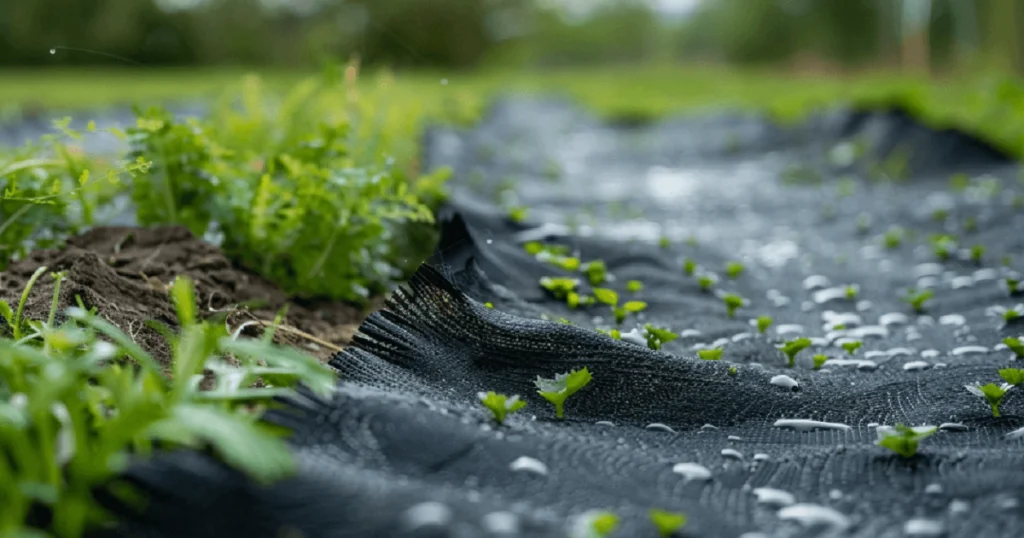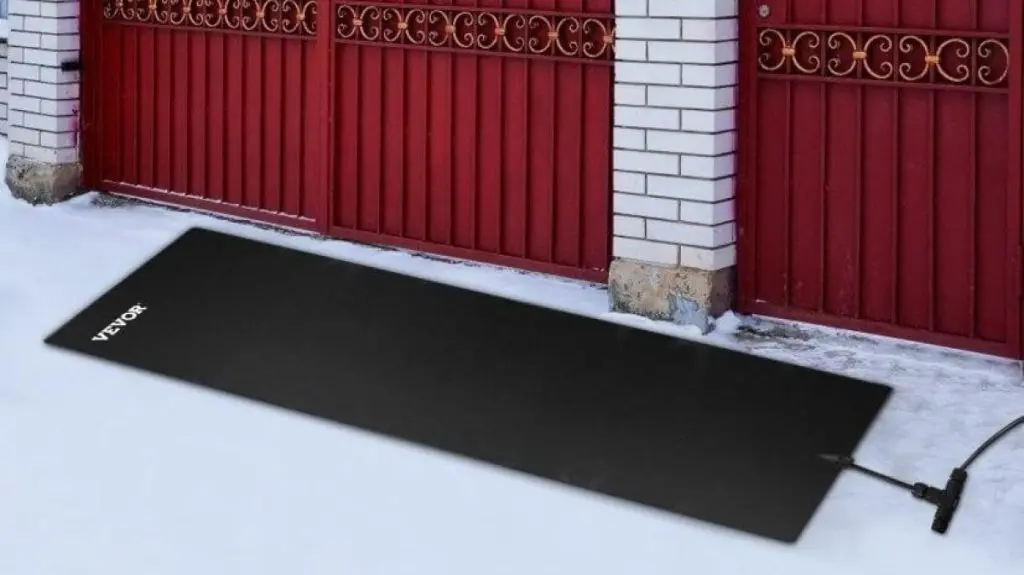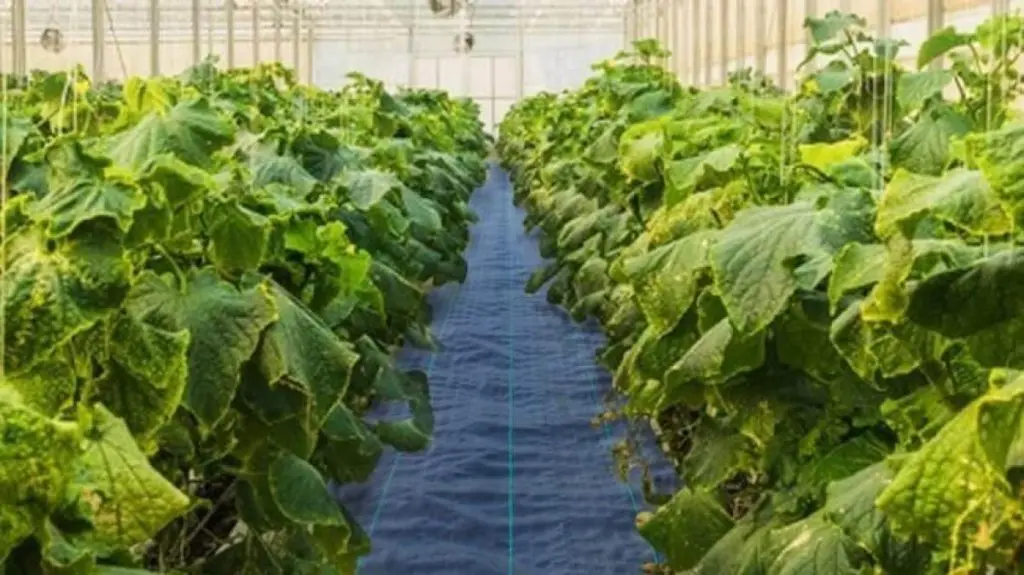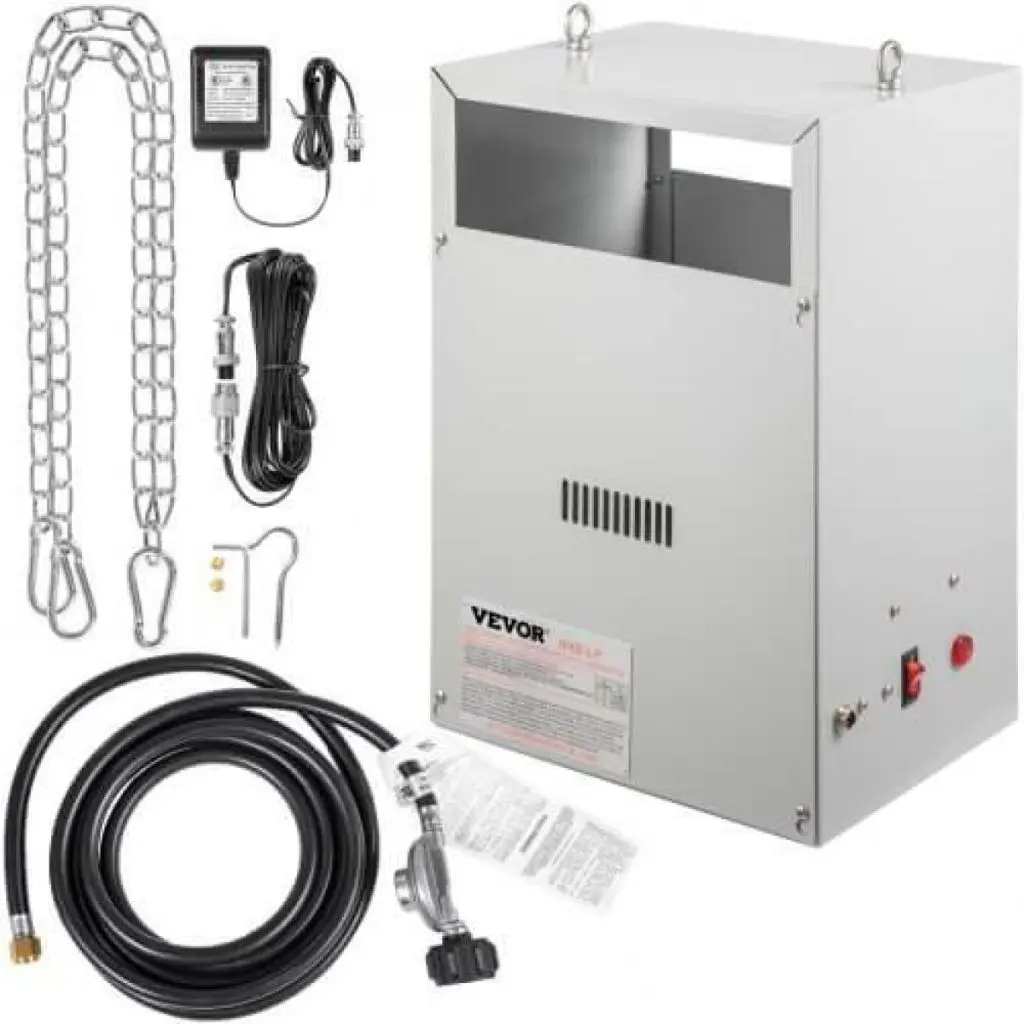Have you ever stared at a vast expanse of fabric, unsure of how much you actually need for your project? You’re not alone. Calculating the appropriate amount of landscape fabric needed can be a daunting task, especially when tackling intricate or large-scale projects.
Landscaping projects, whether you’re revamping a backyard oasis or undertaking a large-scale commercial development, often require meticulous planning and precise execution.
In this guide, we’ll explore the fundamental principles behind calculating fabric needs, examine the various factors that influence these calculations, and introduce efficient tools and techniques to streamline the process.
Table of contents
Understanding the Basics of Landscape Fabric Calculations
Ever tackled a landscaping project and been stumped by how much fabric to buy? You’re not alone! Knowing how much you need is crucial to avoid wasting money and materials, which is where understanding the basics of fabric calculations comes in.
Think of it like buying clothes:
- The size of your garden bed or walkway is like your body size. The bigger the area, the more fabric you’ll need.
- Fabric width is like different clothing sizes. Some fabrics come in wider rolls, meaning you might need less length overall.
- Overlapping seams and edging are like hems and cuffs. You need extra fabric to secure the edges neatly.
- Soil type is like the occasion. Heavier soil might require stronger, thicker fabric, meaning more of it.
- Project complexity is like a fancy outfit with lots of details. Curves, levels, and odd shapes all need more precise fabric cutting and, therefore, more material.
- Environmental factors are like choosing breathable or waterproof fabric. Erosion control or water needs influence the type and amount of fabric you choose.
Forget the old-school way of eyeballing it! There are fabric calculators to the rescue! These handy tools are like having a personal math wiz in your pocket. Just tell them the size of your area, fabric width, overlap needs, and voila! They spit out the exact amount of fabric you need with no guesswork involved.
Plus, these calculators are super flexible. Changed your mind about your design? No problem, adjust the settings and get a new estimate instantly. They’re also readily available online and on mobile apps, making them perfect for DIY enthusiasts and pros alike.
Why bother with precise calculations, you ask?
- Save money: buying the right amount means no leftover fabric to return or throw away.
- Be kind to the planet: less waste is always a good thing!
- Save time: ditch the manual calculations and focus on the fun part (planting stuff!).
- Plan like a pro: knowing exactly how much fabric you need helps you budget, order materials, and execute your project smoothly.
Bonus tip: always buy a little extra fabric, just in case. And remember, different fabric types have different properties, so choose the right one for your project. If you’re still unsure, consult a pro for guidance.
Step-by-Step Guide on Using the Landscape Fabric Calculator
Ever stared at a roll of landscape fabric, feeling like you’re in a staring contest with a math problem? Fear not; the landscape fabric calculator is your new BFF for conquering fabric confusion. Think of it as a measuring tape with superpowers!
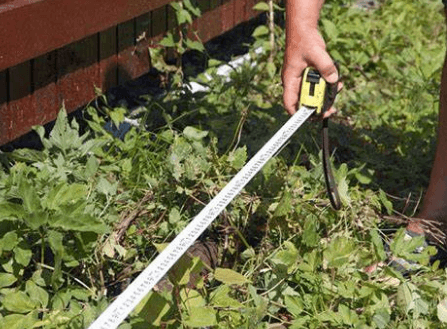
Step 1: Spill the Project Beans
First things first, grab your phone or head online and find a landscape fabric calculator. Websites or mobile apps, it’s your call! Now, answer some quick questions about your project:
- Big plans? Tell the calculator how big the area is you want to cover with fabric. Think of it like measuring your garden bed for a new tablecloth.
- Fabric width matters! Different fabrics come in different widths, just like pants come in various sizes. Check the label on your chosen fabric for this info.
- Extra fabric love? Some projects need extra fabric for overlapping seams or securing edges, like finishing touches on a garment. Choose the option that matches your installation method.
- Fancy shapes? Some calculators let you choose if your area is a circle, rectangle, or something else. If yours does, go ahead and tell it!
Double-check everything before hitting “Calculate,” just like you’d proofread an email before sending.
Step 2: Decode the Fabric Code
Click that magical “Calculate” button, and voila! The calculator spits out the answer – the amount of fabric you need in either yards or meters. Think of it like your clothing size but for your garden!
Read the results carefully, especially if the calculator gives you extra info like:
- Fabric amounts for different installation methods: Like a size chart for different fits.
- Adjustments for potential waste, Like accounting for shrinkage in a new shirt.
Write down the fabric quantity – this is your shopping list gold!

Step 3: Tailor the Fit (Optional)
While the calculator is pretty smart, sometimes you need to adjust for your unique project:
- Overlap & Edging Tweaks: Consider your soil type, weather, and desired look. You may need more overlap for loose soil or extra edging for windy areas. Adjust accordingly!
- Project Quirks: Got curves, levels, or weird shapes? Add or subtract fabric as needed to ensure complete coverage. Think of it like tailoring a shirt to fit your specific shape.
- Pattern Play: Using patterned fabric? Account for pattern repeats to avoid awkward mismatches, just like you wouldn’t want stripes going the wrong way!
- Contingency Cushion: Unexpected things happen (like miscuts or future changes). Add a little extra fabric (like buying a size bigger) to be safe.
By following these steps and using the tips, you’ll be able to use the landscape fabric calculator to figure out how much fabric you need for your project. Just make sure to think about your specific project and make any adjustments you need to get the best results and avoid wasting any fabric.
Choosing the Right Fabric for Your Project
Choosing the right fabric can feel like finding a date for a special occasion. You want someone who looks good, fits well, and handles whatever the night throws their way. The same goes for fabric!
Step 1: Know Your Project’s Needs
- What’s the mission? Weed control, erosion prevention, or keeping your soil moist? Pick a fabric that’s up to the task, like a drainage-friendly mesh for healthy plants or a tough woven fabric for long-lasting protection.
- Water flow or no flow? Think about how much water needs to get through. Some fabrics let water, air, and nutrients flow freely, while others are like tiny umbrellas for your soil, keeping weeds out but holding in moisture.
- Weed Warriors Wanted? If weeds are your enemy, choose a fabric with superpowers! Woven polypropylene or a geotextile barrier will block sunlight and keep those pesky plants at bay.
- Built to Last? How long do you need this fabric to be your hero? Choose one that can handle the sun, rain, and whatever else Mother Nature throws its way.
- Easy Breezy Installation? Think about how you’ll be working with the fabric. Choose something easy to cut, handle, and install so you can focus on the fun stuff (like showing off your awesome project!).

Step 2: Fabric Weight and Texture: It’s Not Just About Looks!
- Think heavy = strong, light = airy. Heavier fabrics are like bodybuilders, great for durability and weed control, but they might need more precise measurements. Lighter fabrics are more like dancers, flexible, and easy to move around, but they might not block weeds as well.
- Texture matters! Smooth fabrics are like umbrellas, good for drainage, while textured ones are like sponges, holding onto moisture. Choose the right texture for your project’s needs.
- Adjust your calculations accordingly. Heavier fabrics need more material, while textured ones might need adjustments for water flow. Use a fabric calculator, but don’t forget to factor in these details for the most accurate results.
Step 3: Different Projects, Different Fabrics!
- Gardening? Find a fabric that balances weed control, water flow, and plant-friendliness. Consider your plant types, soil, and climate to make the perfect match.
- Building something awesome? Go for strength and stability! Woven geotextile fabrics are like superheroes for hardscaping and construction projects, providing reinforcement and preventing erosion.
- Sprucing up the inside? Now, it’s all about aesthetics! Choose a fabric that looks and feels amazing, like a beautiful drape for your curtains or a comfy cover for your furniture. Don’t forget about performance needs like durability and stain resistance, though!
Remember, the right fabric is like the perfect partner for your project. With these tips and a little understanding, you’ll find the match made in DIY heaven! So grab your measuring tape, unleash your creativity, and get ready to see your project blossom (literally, if you’re gardening!).
FAQs about Landscape Fabric
What’s the right fabric width for me?
Think of it like buying clothes – you want something that covers everything without a ton of extra flaps. So, measure your project’s widest part and choose a fabric width that fits with minimal seams or overlaps. Remember, less waste is more!
Do I need to clear the area first?
Absolutely! Imagine laying a tablecloth on a dirty table – not ideal. Get rid of weeds, grass, and debris before laying down the fabric. This creates a clean surface and stops sneaky weeds from growing under your fabric fortress.
Can I use fabric with mulch or gravel?
You bet! Mulch and gravel are like the sprinkles on your fabric sundae, adding beauty and extra weed control. Just make sure the fabric is secure first so it doesn’t get lost in the topping avalanche.
How do I secure landscape fabric in windy conditions?
No problem! Think of landscape staples, stakes, or pins as your fabric’s tiny anchors. Use them to secure the edges to the ground, especially around the perimeter, and overlap seams for extra wind resistance. Your fabric will be chilling there, no matter how much the wind blows.
Can I reuse the fabric later?
While fabric can be tough, it’s not like your favorite jeans – reuse isn’t the best idea. Soil, weeds, and debris can hitch a ride on the fabric, making it less effective the next time around. So, consider it a one-time commitment for your project.
How much overlap do I need?
Think of this as weed-blocking insurance. Aim for 6-12 inches of overlap to stop those pesky plants from sneaking through. You can adjust this based on the fabric weight and your project’s specific needs.
Last words
Mastering the art of calculating how much fabric you need is essential for any successful landscaping project. By following the step-by-step guidance provided in this ultimate guide, you can accurately estimate the fabric requirements for your specific project needs. Remember to input all the necessary details into the calculator carefully, and don’t forget to consider any additional factors like project complexity, pattern matching, and contingencies. When you’re ready to purchase the necessary fabric for your project, consider exploring VEVOR’s selection of high-quality landscape fabrics. With their range of options and reliable products, VEVOR can help you achieve your landscaping goals effectively.

